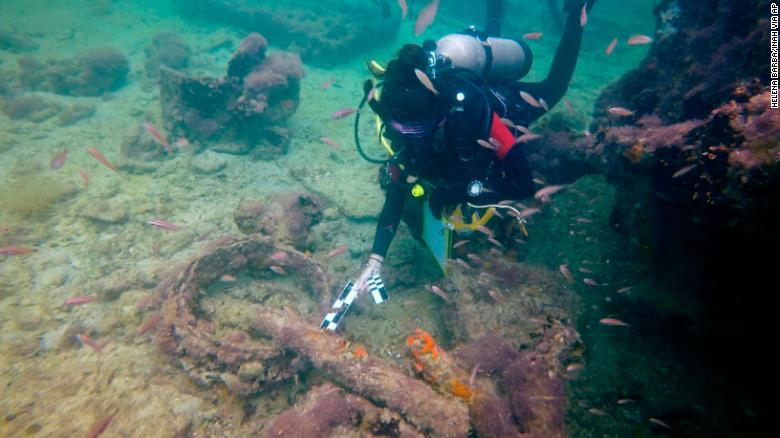Archaeologists in Mexico have confirmed that a shipwreck discovered off the coast of the Yucatan peninsula once carried captured Mayans who were sold into slavery.
It is the first Mayan slave ship ever discovered, according to Mexico’s National Institute of Anthropology and History (INAH), which made the announcement on Tuesday.
The paddle wheel steamboat, known as “La Unión,” was discovered by archaeologists in the Gulf of Mexico two nautical miles from Sisal in 2017. But it took three years of research to confirm that it was a Mayan slave ship.
La Unión illegally captured and transported about 25 to 30 Mayans monthly to Cuba, where they were forced to work in sugarcane fields between 1855 and 1861. This was during the rebellion known as the Caste War, according to INAH.
“Each slave was sold to middlemen for 25 pesos, and they resold them in Havana for as much as 160 pesos, for men, and 120 pesos for women,” INAH archaeologist Helena Barba Meinecke said in a press release.
The ship sunk on September 19, 1861 while en route to Cuba, proving that slavery continued despite having been abolished in Mexico in 1829 and a decree issued banning the forced extraction of Mayan people that same year.
“For researchers … the discovery is highly relevant,” INAH said in the release. “Beyond the difficulty in identifying a wreck by name, it also speaks to an ominous past for Mexico that should be acknowledged and studied in terms of its context and time.”
Archaeologists confirmed the identity of the ship from its boilers, which exploded and caused the boat to catch fire, as well as the wooden hulled side wheeler which had been preserved. They also found artifacts, including fragments of glass from bottles, ceramics, and eight brass cutlery used by first-class passengers on board.
The accident killed half of the 80 crew members and 60 passengers on board. It is unclear how many of the dead included Mayan slaves, as they were listed as cargo and merchandise, not passengers.
The Mayans were a Mesoamerican civilization that flourished across Mexico and Central America from 2000 BC to the time of the Spanish Conquistadors.
>>>details

